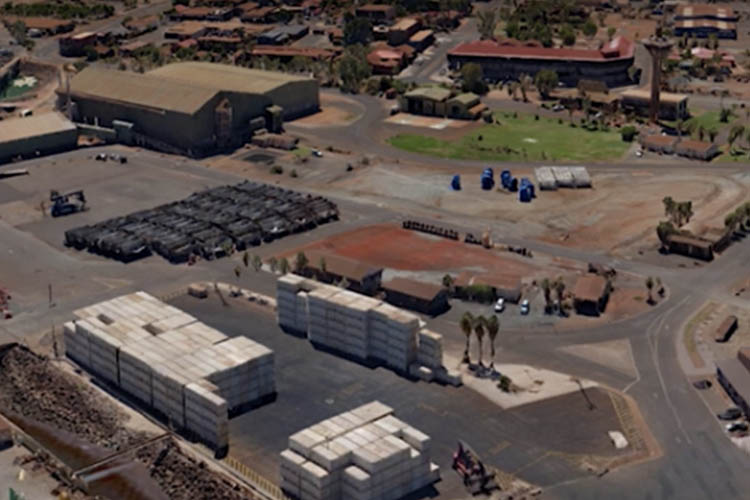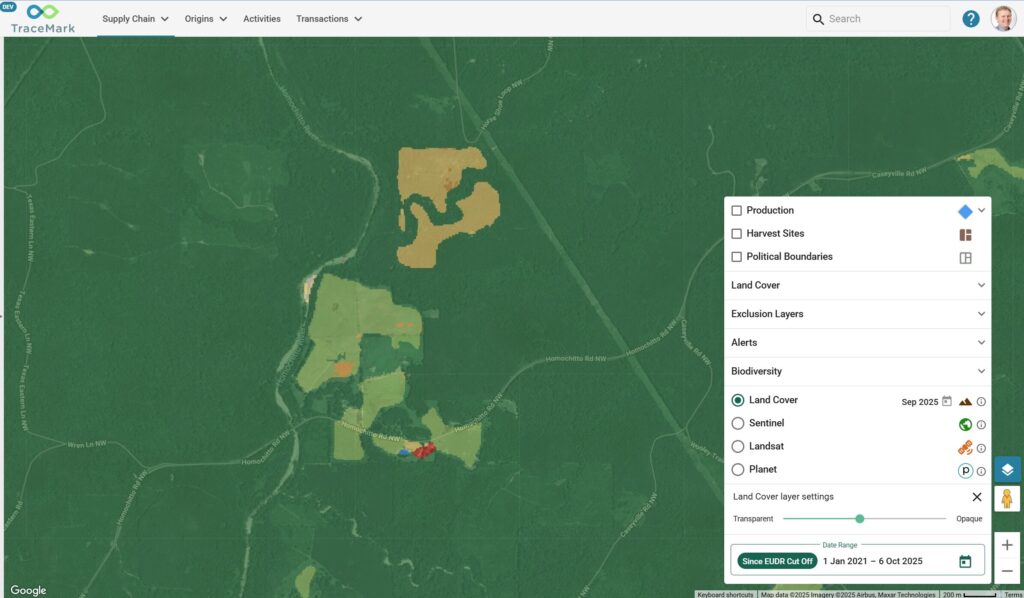Why GIS training will help your team excel

Decision making is more time sensitive and data driven than ever before. To stay competitive and be leaders in your field, you need to be able to make decisions based on real data in context.
Companies like Uber on a global scale and REIWA in Western Australia are using spatial technology to differentiate their brand and give customers outstanding value. By using maps as a communication tool they are delivering excellent service, which customers value.
GIS technologies have gone from being a new technology option to being part of everyday life. From its earliest applications – forestry, natural resource management and land-use planning to now real-time transport and logistics, big data spatial analytics, epidemiology and crime monitoring and smart cities – GIS services have become an enormous force of the Australian and world economy.
GIS technology usage is growing exponentially in Australian government sectors as well as businesses and NGOs with many Australian organisations set to expand their GIS capabilities over the next few years.
Maps supercharge communication
GIS drives improved decision making for government and business leaders by layering complex data sources into simple and easy to use presentations. It enables high value opportunities by creating, storing and maintaining high value spatial information.
In a world of data overload, improved communication to both external clients and internal teams can mean more than gains in organisational productivity — it can save costs and even people’s lives in the cases of emergency management or climate change adaptation.
GIS has the power to boost quality of business communications and add context in a way not possible with other means. It means fire and emergency data can be shared and updated real-time in a crisis. It means tracking and responding to disaster and disease controls is faster than before. It means identifying at-risk and under-privileged housing and infrastructure facilities more easily.
Upskilling for the GIS era
The capability and accessibility of GIS software has grown significantly in the last few years, but skills in the workforce have not always kept pace. Up-to-date and targeted GIS skills ensure staff understand capabilities and constraints of the mapping medium. It means they have efficient workflows and apply best practices to achieve optimal results.
The benefits of giving your staff an insight into GIS include being able to harness and visualise data that allows them to present information to decision makers. Armed with the right knowledge in a format that everyone can understand, managers will have the chance to make decisions faster and base them on hard data.
Quick, data-driven decision making allows more time to focus on customer engagement, ultimately leading to customer satisfaction, retaining existing customers and boosting revenue for the business.
Through continuous GIS learning, organisations will be able to quickly identify ways to improve efficiency. It means improved organisational competitiveness by staying on the cutting edge. It is time for organisations to master the right skills and knowledge that increase productivity and service competitiveness.
Be a leader, not a follower
Until five years ago, getting a ride home from the airport or a local bar was unpredictable and tedious. Companies like Uber have completely disrupted the taxi industry by using maps to generate drivers’ location real time and have significantly increased the speed of services as well as user experience. GIS capabilities within your organisation could help you do the same.
We live in a connected world. With the power of GIS, organisations can tell compelling stories that many different kinds of audience will understand and remember. When the economic environment is turbulent, we need to treat uncertainties as opportunities rather than threats. We need to invest in targeted growth areas of the business. Only the most innovative and forward thinking organisations will thrive.
— Find out more about NGIS’ suite of training.
Related Articles
Here are more related articles you may be interested in.







